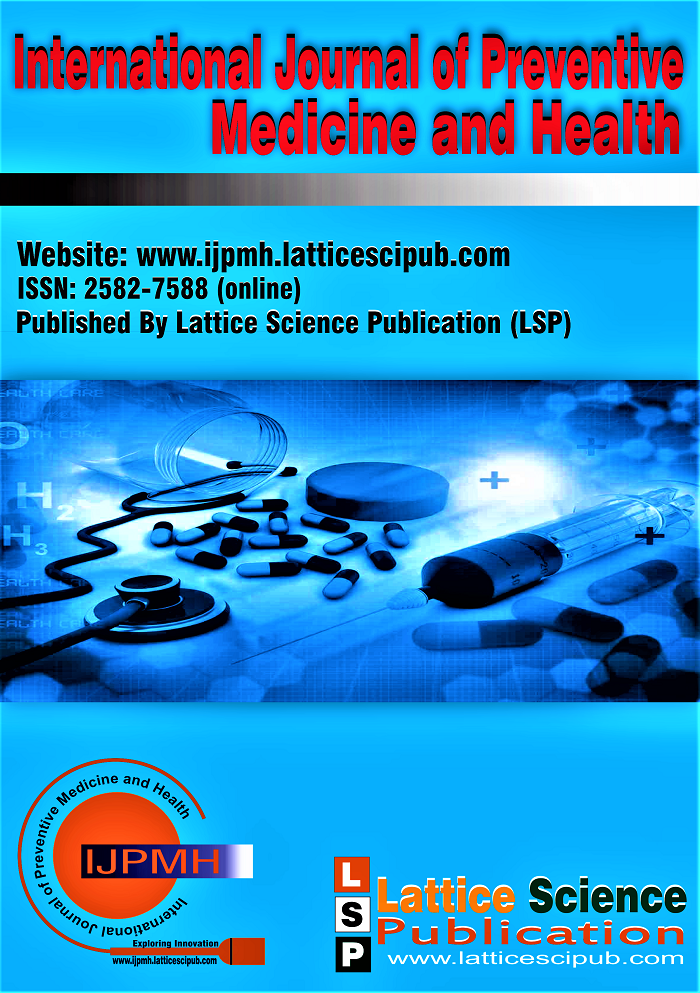Early Detection and Intervention for Children's Mental Health Issues Using Machine Learning
Main Article Content
Abstract
The rise of mental health problems in children has created a need for early detection and intervention strategies. The routine method of diagnosing mental illness in child ren often relies on testing, which can lead to delays in treatment. Machine learning (ML) has become a powerful tool for analyzing complex data with the ability to identify subtle patterns associated with mental health. This article explores the potential of machine learning models for early detect ion of mental health problems in children, focusing on accuracy of facts, timeliness of intervention, and ethical considerations r elated to data privacy and algorithmic bias.
Downloads
Article Details

This work is licensed under a Creative Commons Attribution-NonCommercial-NoDerivatives 4.0 International License.
How to Cite
References
Sriteja Kataru; Kathleen King; Lachin Fernando (2024) “Machine Learning-Based Early Detection and Intervention for Mental Health Issues in Children” DOI: https://doi.org/10.1109/COMPSAC61105.2024.00320
World Health Organization (2021). "Adolescent Mental Health." World Health Organization. [Online]. https://www.who.int/publications/i/item/adolescent-mental-health
Breiman, L. (2001). "Random Forests." Machine Learning, 45(1), 5-32. DOI: https://doi.org/10.1023/A:1010933404324
Wang, Y., and Zhang, D. (2020). "A Deep Learning Approach for Early Detection of Mental Health
Disorders in Adolescents."
Journal of Medical Internet Research, 22(3), e15681. DOI: https://doi.org/10.1038/s41398-020-0780-3
Garousi, S., and Siuly, S. (2021). "An Ensemble Machine Learning Approach for Mental Health
Classification Using Social Media
Data." IEEE Access, 9, 84368-84378. DOI: https://doi.org/10.1109/InC457730.2023.10263141
Gupta, D., Markale, A., & Kulkarni, R. (2021). Mental Health Quantifier. In International Journal of Engineering and Advanced Technology (Vol. 10, Issue 5, pp. 187–190). DOI: https://doi.org/10.35940/ijeat.E2694.0610521
Shaifali Chauhan, Ankur Garg, Predictive Research for Mental Health Disease. (2019). In International Journal of Innovative Technology and Exploring Engineering (Vol. 8, Issue 9S2, pp. 196–199). DOI: https://doi.org/10.35940/ijitee.I1038.0789S219
Malvika Singh, Kaveri Devi Mishra, Applications of Virtual Reality in Mental Health. (2019). In International Journal of Recent Technology and Engineering (Vol. 8, Issue 2S11, pp. 3735–3739). DOI: https://doi.org/10.35940/ijrte.B1481.0982S1119
Shala, M., & Çollaku, P. J. (2022). Coping Strategies, Anxiety and Mental Health Among Female Undergraduate Students in Kosova. In International Journal of Management and Humanities (Vol. 8, Issue 9, pp. 19–24). DOI: https://doi.org/10.35940/ijmh.I1488.058922
Shahi, Ms. U., & Sharma, Dr. L. (2024). Interpersonal Communication and Mental Health: An Impact Study of Interpersonal Communication Skills on Mental Health of Youth. In Indian Journal of Mass Communication and Journalism (Vol. 3, Issue 4, pp. 1–7). DOI: https://doi.org/10.54105/ijmcj.D1071.03040624





